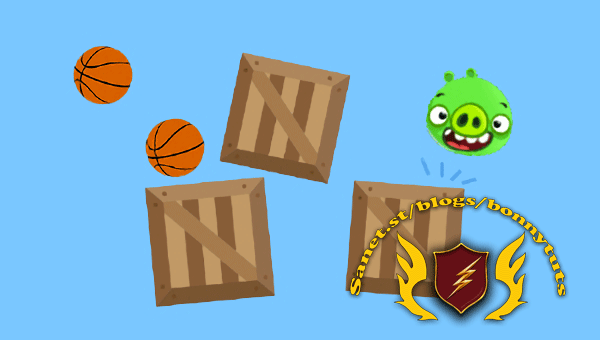
Released 5/2024
MP4 | Video: h264, 1280×720 | Audio: AAC, 44.1 KHz, 2 Ch
Genre: eLearning | Language: English | Duration: 191 Lessons ( 35h 8m ) | Size: 7.16 GB
Learn all the theory and the math behind 2D game physics and create a simple rigid-body physics engine from scratch with C++.
This course is a gentle introduction into the world of 2D game physics! We’ll review all the beautiful math that provides the foundation for most physics engines, starting with a strong review of vectors, matrices, basic trigonometry, rigid-body collision, and touching a little bit of calculus as well.
The lectures are designed to teach all concepts from first principles. In our journey, we’ll review several topics from physics, like velocity, acceleration, integration, mass, forces, gravity, drag, friction, rigid body dynamics, collision detection, constraints, etc.
We’ll also put theory into practice by coding a very simple 2D physics engine from scratch using the C++ programming language.
We’ll start by writing a simulation of particle physics, which is a good start for us to address concepts like movement, forces, displacement, and integration.
We’ll then proceed to work with rigid bodies by adding shapes to our objects, like circles, rectangles, and polygons. We’ll also learn how to code the collision detection and collision resolution between these rigid bodies.
We’ll conclude our C++ implementation by adding constraints to our physics engine, which will help us add different types of objects to our engine, like joints and ragdolls. Ultimately, constraints will help us improve the stability of our engine, and they are a great opportunity for us to discuss some interesting ideas from calculus.
Password/解压密码www.tbtos.com
转载请注明:0daytown » 2D Game Physics Programming